AI can change how we design heating and cooling systems. By using smart HVAC systems with AI, you get much better load calculations. This leads to HVAC systems that use less energy and work better.
AI-driven software changes how we size HVAC systems. These tools solve complex equations and simulate how systems work over time. You can enter building details and get exact loads for each zone and the whole building.
Using AI for heat load calculations is a big step forward. It makes designing HVAC systems easier and more accurate. This tech helps you make HVAC systems that are smart, efficient, and adapt to different buildings.
Understanding the Importance of Accurate Heat Load Calculations
Getting the right HVAC Load Calculation is key to making your heating, ventilation, and air conditioning systems work well. It’s the base for creating systems that keep buildings comfy and use less energy. Let’s see why these calculations matter and how they help your HVAC system work better.
The Role of Heat Load Calculations in HVAC Design
Heat load calculations figure out the right size and power of HVAC gear for a space. They look at building size, insulation, windows, how many people use it, and the local weather. This way, you make sure your HVAC system fits your building’s needs without using too much energy.
Challenges of Traditional Calculation Methods
Manual heat load calculations are hard and take a lot of time. They can lead to mistakes that make systems too big or too small. Big systems use more energy and cost more, while small ones can’t keep the place comfy. Smart HVAC Systems use new software to do these calculations fast and right, avoiding these problems.
Impact on Energy Efficiency and Comfort
Getting heat load calculations right changes how efficient and comfy your HVAC system is. A system that’s the right size runs efficiently, cuts energy costs, and doesn’t wear out as fast. It keeps temperatures and humidity just right, making the space more comfortable for people. With precise calculations, you get the best mix of comfort and efficiency in your building.
Introduction to AI-Powered Heat Load Calculation Software
AI-powered heat load calculation software changes how we design HVAC systems. It uses complex math and machine learning to give us unmatched accuracy and efficiency.
This software looks at building details, how people use the space, and the weather. It quickly and accurately figures out the heating and cooling needs for new buildings.
Machine learning in HVAC gives a smart second check on calculations. This mix of old and new methods makes HVAC designs more reliable.
Key Advantages of AI-Powered Heat Load Calculation
- Improved accuracy in load predictions
- Faster calculation times
- Ability to handle complex building designs
- Continuous learning and improvement
- Enhanced energy efficiency in HVAC systems
Using AI for HVAC design makes the process faster and leads to better results. These tools save time and help create HVAC systems that are more efficient and cost-effective.
| Feature | Traditional Methods | AI-Powered Software |
|---|---|---|
| Calculation Speed | Hours to Days | Minutes to Hours |
| Accuracy | Moderate | High |
| Adaptability | Limited | Highly Adaptable |
| Data Integration | Manual | Automated |
| Learning Capability | None | Continuous |
Key Features of Advanced HVAC Load Calculators
Advanced HVAC load calculators change how we design and optimize heating, ventilation, and air conditioning systems. They use HVAC automation and IoT-enabled HVAC tech for precise calculations and smart insights. Let’s look at what makes these calculators a must-have for HVAC pros today.
Automated Calculations and Data Processing
No more manual math. Advanced HVAC load calculators run complex algorithms fast and accurately. This automation cuts down on time and mistakes, making system design more efficient.
Integration with Real-Time Weather Data
These calculators use up-to-the-minute weather info to adjust load calculations. This means HVAC systems work better with the current weather, making them more energy-efficient and keeping people comfortable.
Machine Learning Algorithms for Predictive Analysis
Machine learning algorithms make predictive HVAC maintenance possible. These smart calculators look at patterns and trends to predict system performance and maintenance needs. This helps avoid breakdowns and keeps operations running smoothly.
| Feature | Benefit | Impact on HVAC Performance |
|---|---|---|
| Automated Calculations | Increased Speed and Accuracy | More Precise System Sizing |
| Real-Time Weather Integration | Adaptive Performance | Enhanced Energy Efficiency |
| Machine Learning Algorithms | Predictive Maintenance | Reduced Downtime and Costs |
With these advanced features, HVAC pros can create systems that are efficient, smart, and adaptable. This means better comfort, less energy use, and lower costs for building owners and managers.
Leverage AI-Powered Software for Optimal HVAC Performance
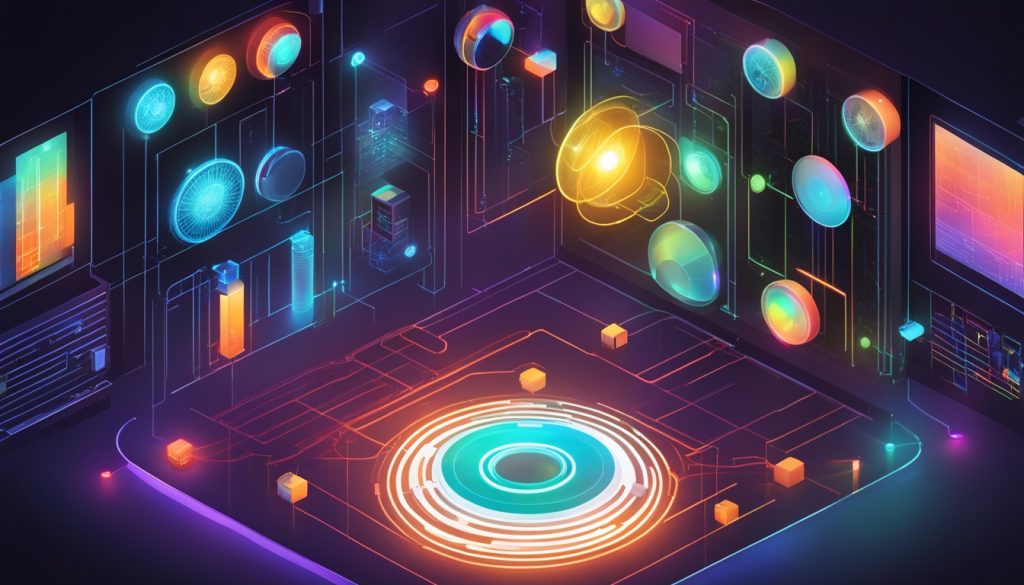
AI-powered software is changing HVAC systems, making them more efficient and effective. These tools use advanced algorithms to analyze data and improve your building’s climate control.
Using AI for HVAC optimization means your system gets smarter over time. It looks at things like how many people are there, the weather, and energy use. Then, it makes changes on the fly to keep your HVAC running at its best. This helps cut down on energy waste and lowers your bills.
Smart Predictive Maintenance
AI-driven HVAC solutions are great at predictive maintenance. They can spot problems before they turn into big issues. This lets you fix things before they break down, saving you time and money.
Personalized Comfort Settings
AI also makes sure everyone in the building is comfortable. It learns what each person likes and when they’re likely to be there. This means you get a climate just right for you, while still saving energy.
To get the most out of AI for your HVAC, follow these steps:
- Install smart sensors throughout your building
- Integrate your HVAC controls with AI software
- Train your staff on the new system’s capabilities
- Regularly review and act on AI-generated insights
By using AI-powered software, you’re not just making your HVAC better. You’re preparing your building for the future. You get a system that’s smart, efficient, and always keeps everyone comfortable.
Benefits of Using AI-Powered Heat Load Calculation Tools
AI-powered heat load calculation tools are changing the game in HVAC efficiency. They bring big advantages for engineers and building managers. Let’s look at the main benefits that make these tools a must-have for today’s HVAC needs.
Improved Accuracy and Reliability
AI in HVAC means more precise load calculations. These tools look at lots of data to give more accurate system sizes. This means HVAC systems work better, keep people comfortable, and use less energy.
Time and Cost Savings
Smart HVAC systems with AI cut down on design time. Engineers can quickly make detailed load profiles for each building zone. This saves money upfront and prevents costly mistakes of oversizing.
Enhanced System Optimization
AI-driven tools are great at optimizing systems. They use utility rate data to check out different setups for cost-effectiveness. This leads to designs that handle peak demand well and save on energy costs, making HVAC systems more efficient overall.
| Benefit | Impact on HVAC Efficiency |
|---|---|
| Improved Accuracy | Reduces energy waste by 15-20% |
| Time Savings | Cuts design time by up to 50% |
| Enhanced Optimization | Lowers operating costs by 10-30% |
Using AI in HVAC lets experts make systems that are reliable, efficient, and cost-effective. These tools mix old thermodynamic ideas with new machine learning. This leads to smarter HVAC solutions for today’s buildings.
Implementing AI-Powered Software in Your HVAC Design Process
Adding AI-powered software to your HVAC design work can change the game. It makes your projects more efficient and accurate. Here’s a step-by-step guide to get you started:
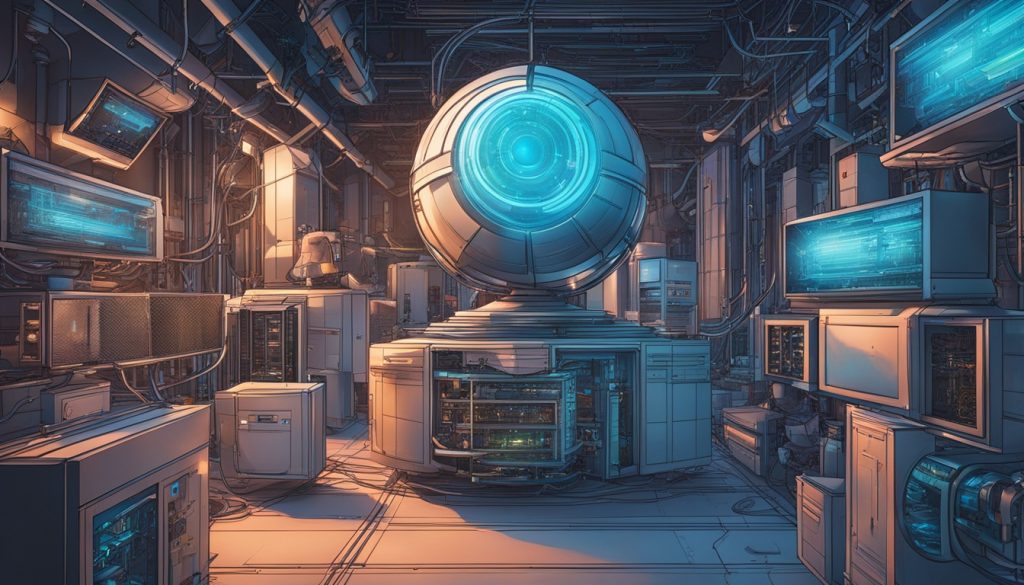
Start by looking at your current workflow. See where AI can have the biggest impact. This could be in load calculations, picking out equipment, or analyzing energy use. Then, pick AI software that fits your needs and works with your tools.
Training your team is key. Make sure they know how to use the new AI software well. This helps them use AI for HVAC Optimization every day.
Use IoT sensors in your designs to send real-time data to the AI. This helps make predictions and optimizations based on how things are really used and the environment.
| Implementation Step | Key Considerations |
|---|---|
| Workflow Assessment | Identify areas for AI integration |
| Software Selection | Choose tools compatible with existing systems |
| Team Training | Ensure staff proficiency in new software |
| IoT Integration | Install sensors for real-time data collection |
| Continuous Evaluation | Monitor performance and adjust as needed |
Always check how well your AI-powered HVAC design process is working. This lets you make changes to keep it up to standard. With the right setup, AI can greatly improve your HVAC design skills. This leads to projects that are more efficient and save money.
Case Studies: Successful Applications of AI in HVAC Load Calculations
AI-powered software has changed the HVAC industry in many ways. Let’s look at how it has made buildings more energy-efficient and comfortable.
Commercial Building Energy Optimization
A big office in New York City used AI to cut energy use by 25%. The AI system checks who’s there, the weather, and how well the equipment works. This made the office cheaper to run and more comfortable for everyone, helping people work better.
Residential HVAC System Efficiency Improvements
Homeowners in Seattle used AI to make their HVAC systems more efficient. These smart systems learn what each family likes and adjusts the temperature on its own. Families saved about 30% on their bills and stayed more comfortable all year.
Industrial Facility Climate Control Enhancements
A factory in Texas used AI to manage its complex climate needs. The AI system kept air quality, temperature, and humidity just right in different areas. This made the factory 20% more energy-efficient and improved the quality of what they made.
| Sector | Energy Savings | Additional Benefits |
|---|---|---|
| Commercial | 25% | Improved productivity |
| Residential | 30% | Enhanced comfort |
| Industrial | 20% | Better product quality |
These examples show how AI in HVAC helps in many areas. By using smart calculations and predictions, people and businesses save a lot of energy. They also get better comfort and efficiency.
Future Trends in AI-Powered HVAC Design and Optimization
The future of HVAC design and optimization is changing fast with AI. Smart HVAC Systems are getting better, using new tech to work more efficiently and improve how people use them.
Building Information Modeling (BIM) is teaming up with AI for smoother design work. This combo lets designers make HVAC systems that fit buildings perfectly.
IoT-Enabled HVAC is getting popular, with systems that adjust themselves in real-time. These use sensors to keep an eye on things, making HVAC systems work better and use less energy.
Predictive HVAC Maintenance is getting smarter. It uses advanced AI to look at past data and current performance to spot problems before they start. This means less downtime and lower maintenance costs.
| Trend | Impact | Benefits |
|---|---|---|
| AI-BIM Integration | Enhanced design accuracy | Optimized system performance |
| IoT-Enabled HVAC | Real-time data collection | Improved energy efficiency |
| Predictive Maintenance | Proactive issue resolution | Reduced operational costs |
Mobile apps for HVAC pros are becoming common, letting them make fast changes and checks. These apps use AI for quick advice based on real situations.
As we focus more on being green, AI tools are adding in checks for environmental impact. This helps designers make HVAC systems that work well and are good for the planet.
Conclusion
AI-powered software is changing the HVAC industry for the better. It uses old heat load methods and new machine learning tech. This mix leads to HVAC solutions that are more precise, efficient, and save money.
These AI systems use real-time data and predictive analysis. They help HVAC experts design systems that are both comfy and save energy. This tech advance means buildings can be both cozy and green.
Looking ahead, AI will play an even bigger part in HVAC design. AI-powered HVAC solutions will soon be standard. This change will change how we control the climate in buildings, leading to a greener and more comfortable future.
Using AI in HVAC design is becoming essential for staying ahead. The perks of better accuracy, saving time, and optimizing systems make AI-powered software a key tool for HVAC pros.

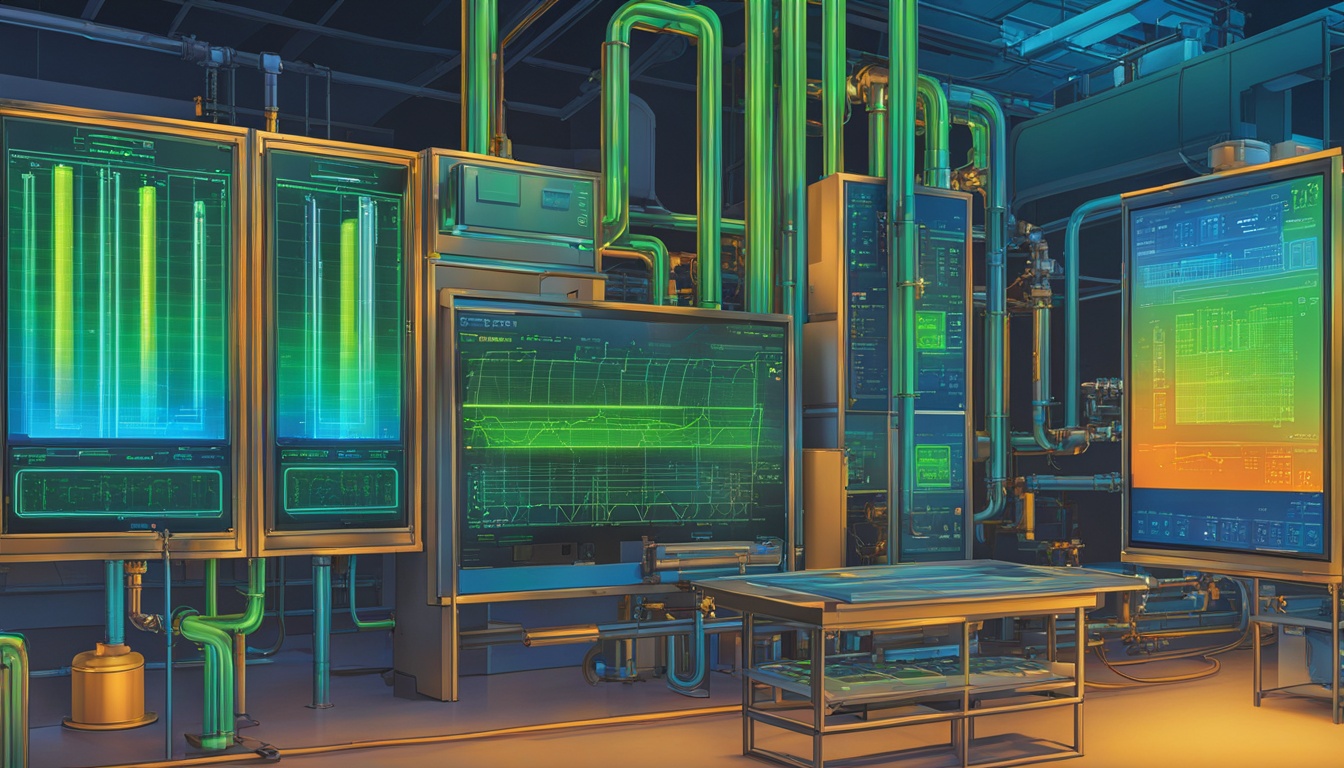

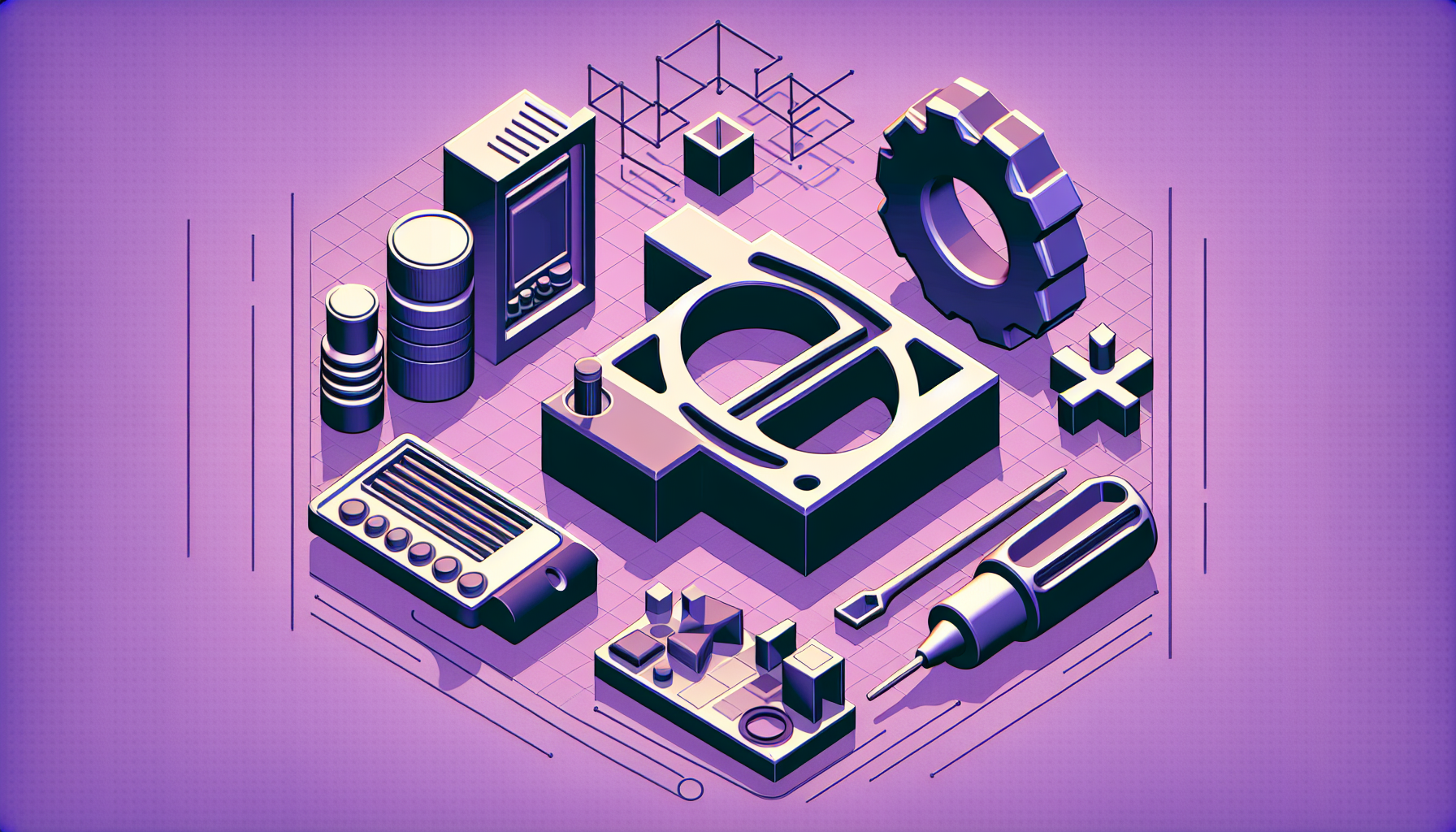
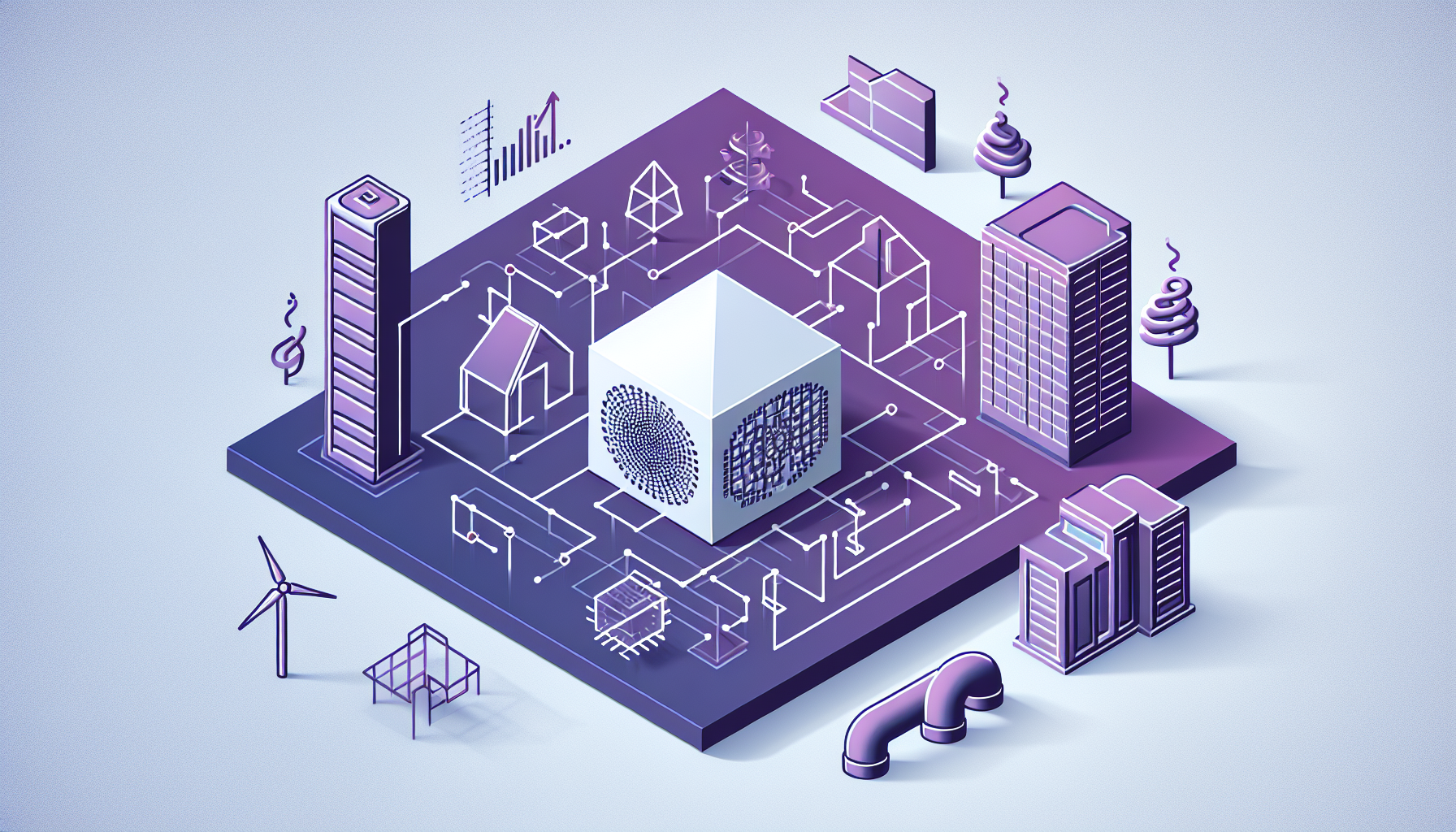
0 Comments